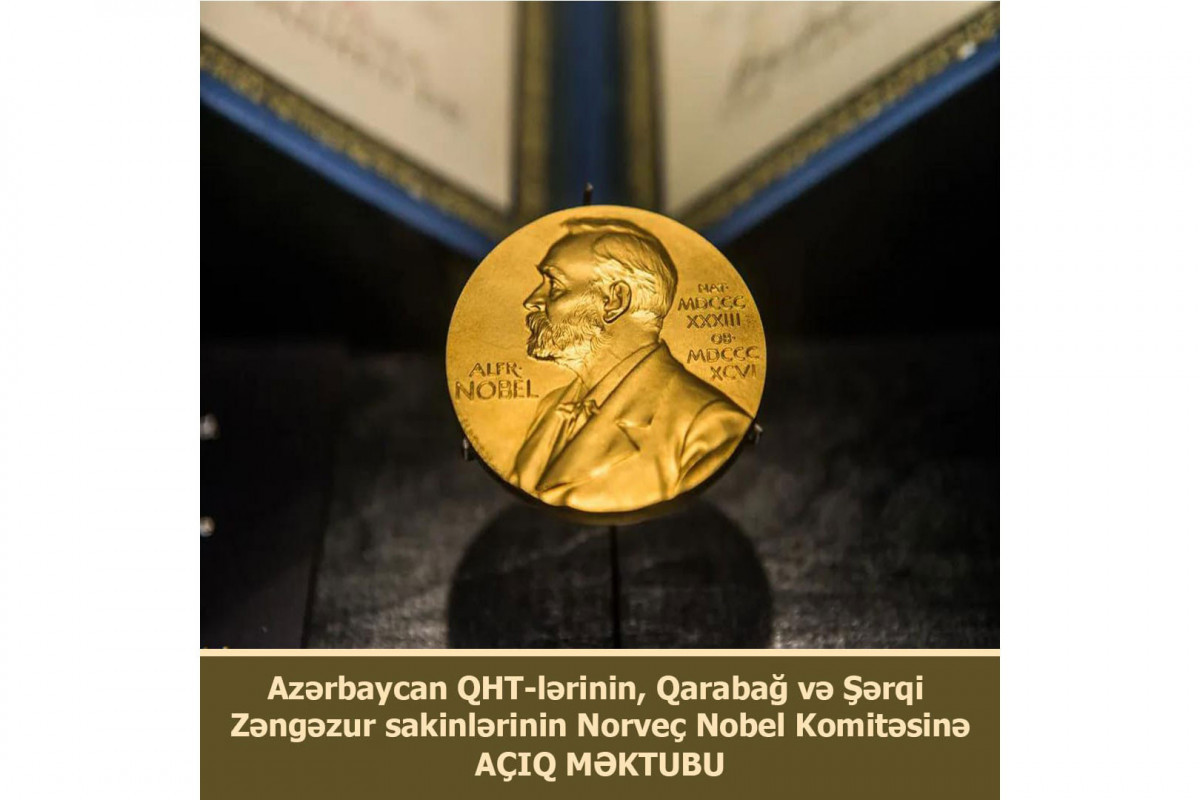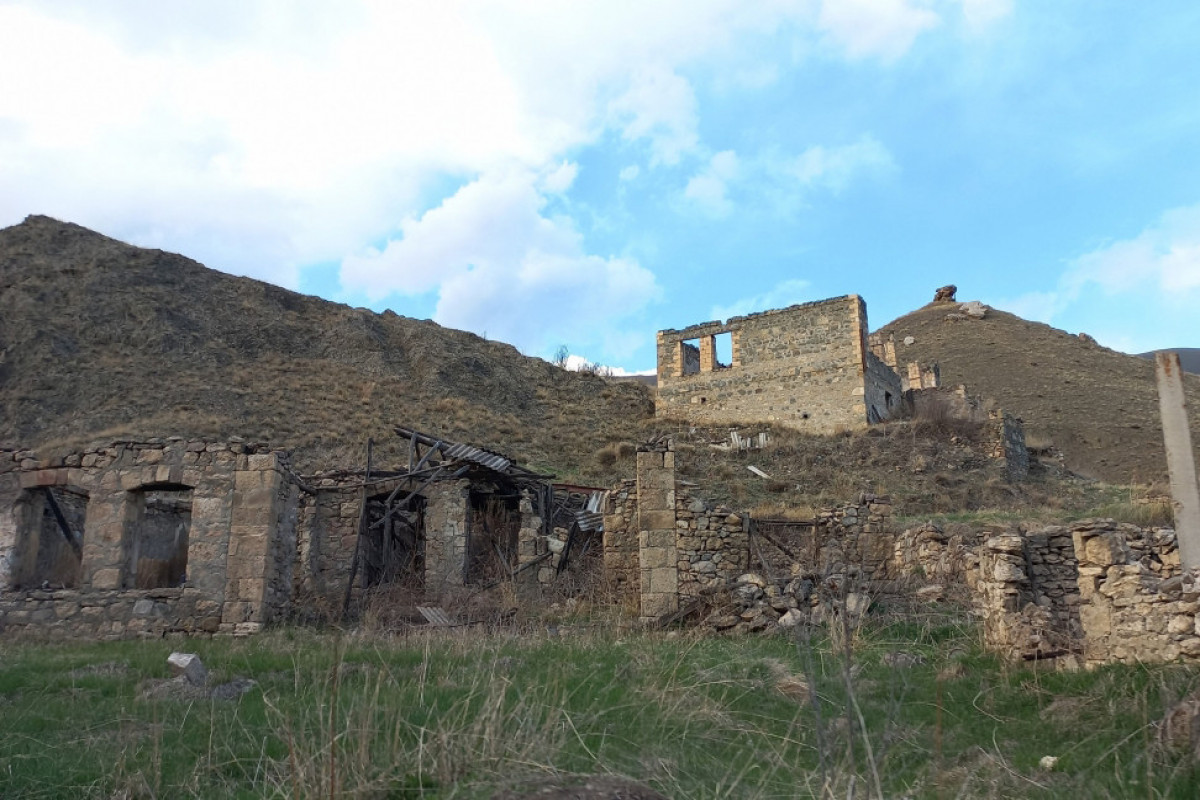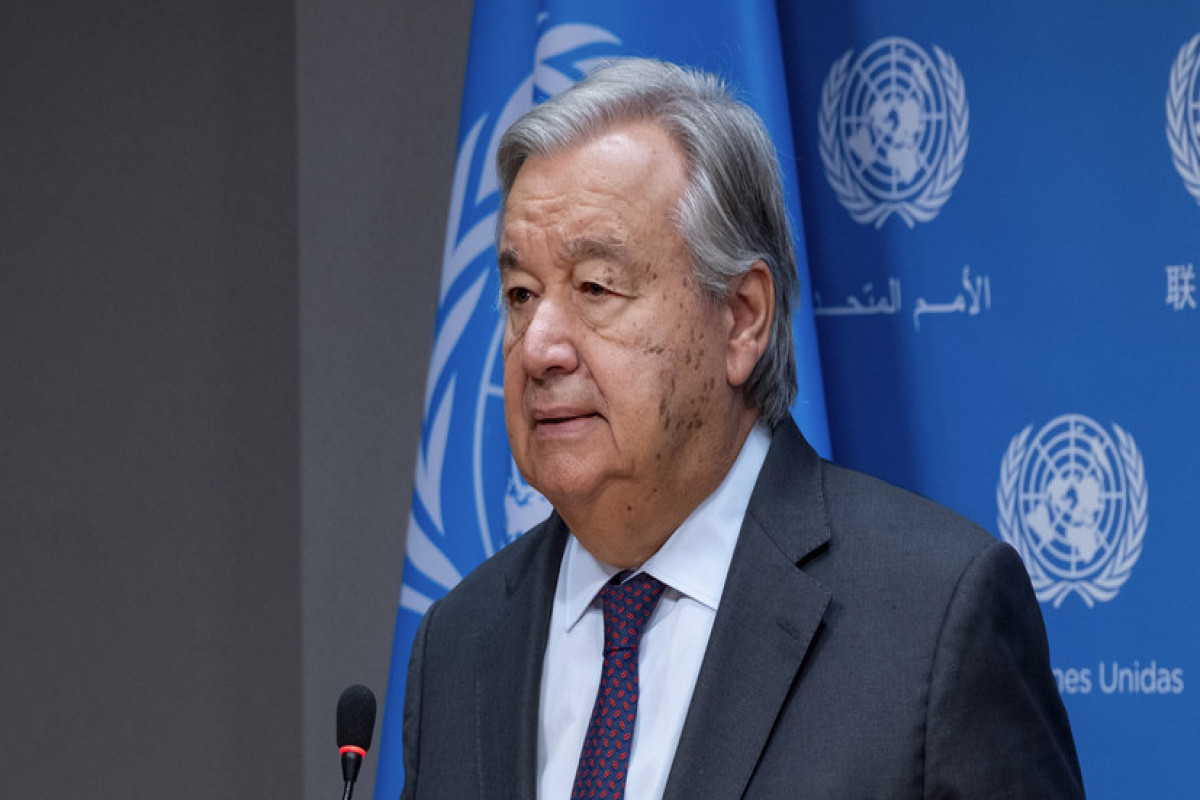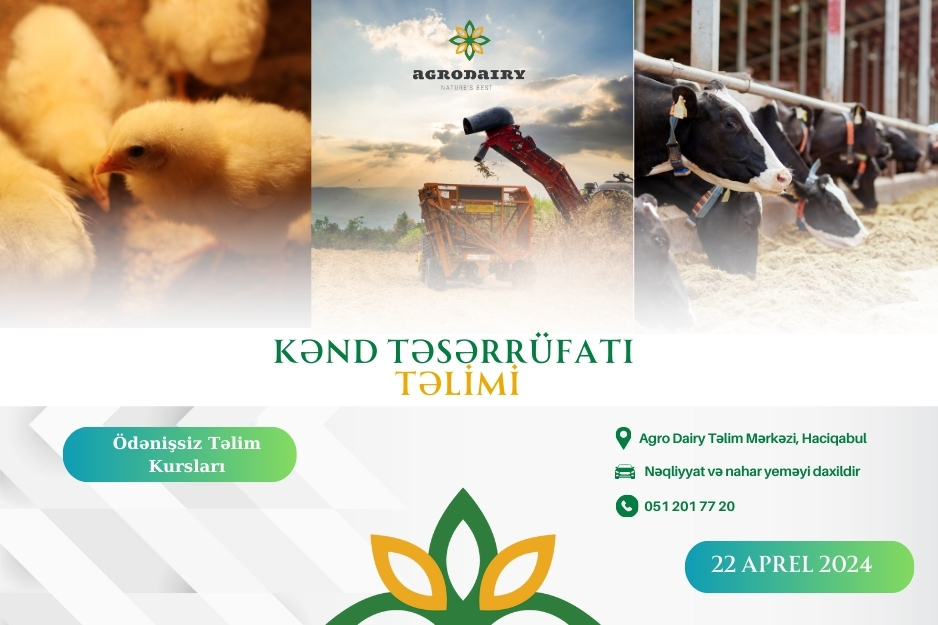Baku. Turbat Baghirova – APA. The middle class in the countries of Eastern Europe and Central Asia swelled from about 33 million people in 2001 to 90 million in 2013, a new study from the U.N. Development Programme (UNDP) shows, the UN Office in Baku told APA.
“In many ways, the story in this region is different from what is happening in other parts of the world. The share of people living between US$10 and US$50 dollars per day has actually increased in most of these countries,” said Cihan SultanoÄŸlu, the Director of UNDP’s Regional Bureau for Europe and the Commonwealth of Independent States. Over that same period, the numbers of people in the region living in poverty fell from at least 46 million in 2001 to about 5 million in 2013.
“But the region’s advances are under threat and the focus needs to be on improving its prospects for sustainable development”, she added. With collapsing commodity prices, shrinking remittances and slow economic growth in Europe and the Russian Federation and much of the rest of the region, income- and employment generation opportunities are disappearing.
For example, the share of workers in vulnerable employment in Albania, Azerbaijan, Georgia, the Kyrgyz Republic, and Tajikistan is already estimated at close to 50 percent, while many different groups are excluded.
According to the research, investing in closing the gender gap would not only substantially improve the situation of women, but it would also accelerate economic growth and levels of well-being for the entire region. For instance, formalizing employment for unpaid care work would greatly increase work opportunities for women.
Second, the region would benefit from embarking on more environmentally-sustainable development models. Many countries currently rely on the extraction and processing of non-renewable fossil fuels, minerals, and non-ferrous metals. Green growth holds the promise of diversifying economies and creating jobs, while curbing carbon emissions and slowing down environmental degradation.
Third, improvements in governance are necessary to ensure both the participation of citizens in society and the economy, and better delivery of basic social services. Among all countries in the region, for instance, the issue of corruption is ranked highly in the concerns of the population and is often ranked second only to the economy and low standard of living.
Inequalities and exclusion are at the heart of the newly-inaugurated Sustainable Development Goals (SDGs). Members States of the United Nations have committed to eradicating poverty, fighting inequalities, building peaceful, inclusive, and resilient societies, and securing the future of the planet and the well-being of future generations.
The research, to be presented at the UNDP-sponsored Istanbul Development Dialogues on 9 and 10 February, will pave the way for the publication of UNDP’s next Regional Human Development Report later this year.







